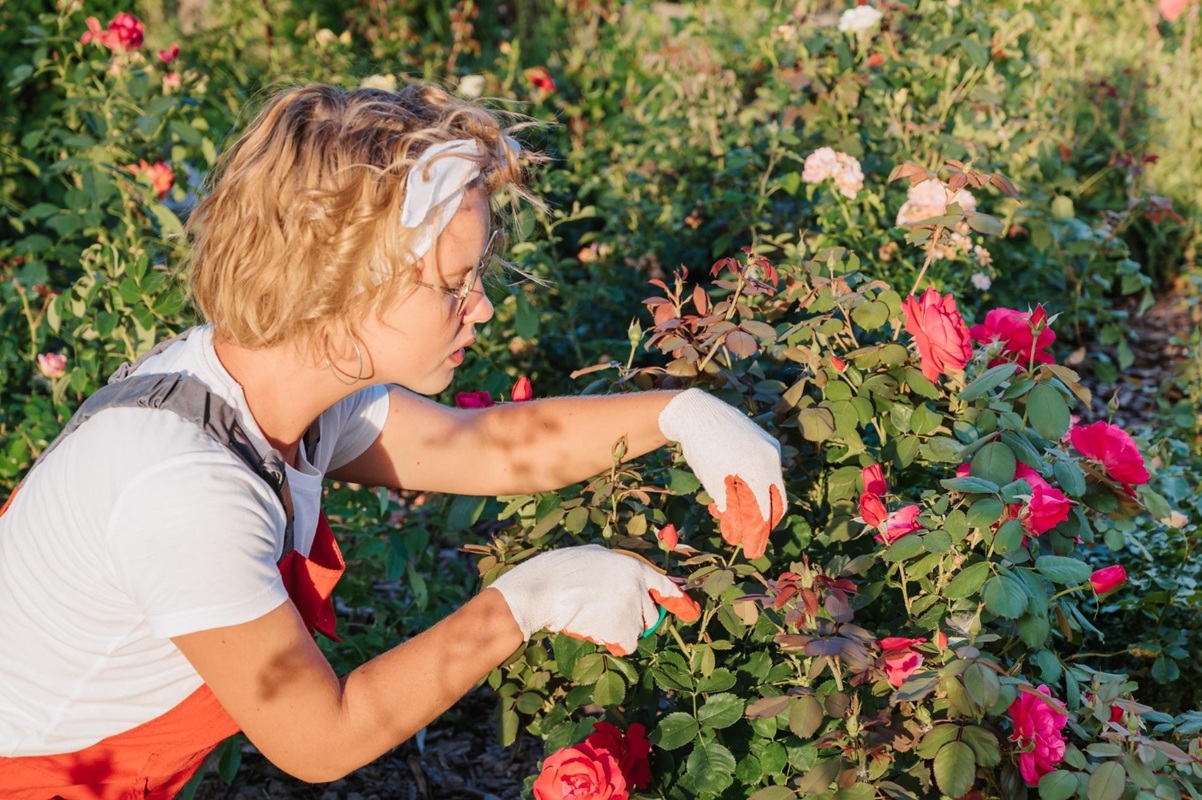Spring has arrived, and your garden is ready to flourish before your eyes. Among the champions of this beautiful season, the rosebush remains a timeless choice, offering colors, scents, and elegance to your outdoor spaces. Do you want to enjoy the sight of stunning roses when the lovely days come?
To achieve this result, proper planting is essential. However, be cautious as there are certain pitfalls you should absolutely avoid during the planting process!
What is the best time to plant your roses?
For successful installation of your prized rosebushes, timing is key. Did you know that January and February are the ideal months to plant your roses in the ground? During this winter period, the plant concentrates all its energy on developing its root system. Thus, when spring arrives, your rosebushes will have sufficient strength to grow and bloom exuberantly.
Once March has passed, it’s best not to plant roses directly in your garden. But all is not lost if you’re late: a potted rosebush remains a good alternative. Potted roses can be planted year-round, provided you avoid extreme conditions like severe frosts or intense summer droughts. A few good practices can make a significant difference for successful planting:
- Choose a beautiful sunny day for planting.
- Before planting, always make sure to untangle the roots and soak them in water for a few hours.
- Dig a hole that is large enough and deep enough to properly spread the roots and mix in compost or natural fertilizer to ensure a good start for your rosebush.
- Finally, water generously to encourage rooting.
Choosing the ideal location for your rosebush: don’t make this mistake!
Are you ready to plant your new rosebush? But are you sure you’ve placed it in the right spot? Beware, as there is a frequent but regrettable mistake here: you must avoid replating a rosebush in the same location where another rosebush previously stood!
Surprised? This practice is highly discouraged. Why? When you plant a rosebush in a spot previously occupied by the same plant, you are dealing with depleted soil. The previous rosebush drew a significant number of available nutrients from the earth, severely limiting the chances of success for the newcomer.
Worse yet, the risk of disease or pest spread increases significantly if the old rosebush succumbed to an infection. To avoid unpleasant surprises, therefore, choose a well-sunny location that hasn’t hosted a rosebush before. By adhering to this simple rule, you provide your plant with the best possible conditions to thrive in good health.
Why not propagate your roses yourself?
Are you tempted by the idea of multiplying your favorite roses rather than buying new ones every year? Good news, rose propagation is a simple technique that can be done at home by following a few easy steps.
Don’t hesitate to explore this option: it could be economically and environmentally interesting! By practicing your own propagations, you can beautify your garden with new varieties without even visiting a garden center. So why not give it a try?
Have you ever faced difficulties when planting your roses? We would love to hear your experiences and tips on this topic. Share your stories with our community in the comments below. Have you tried home propagation, or are you considering giving it a shot soon? We’d love to hear your feedback!
I’m a disabled, xennial Christ-follower, slightly off kilter (but aren’t all “ar-teeests”?).
Hope you enjoy my rantings, don’t take my sarcasm too seriously and know that comments are welcome. 🙂


Leave a Reply